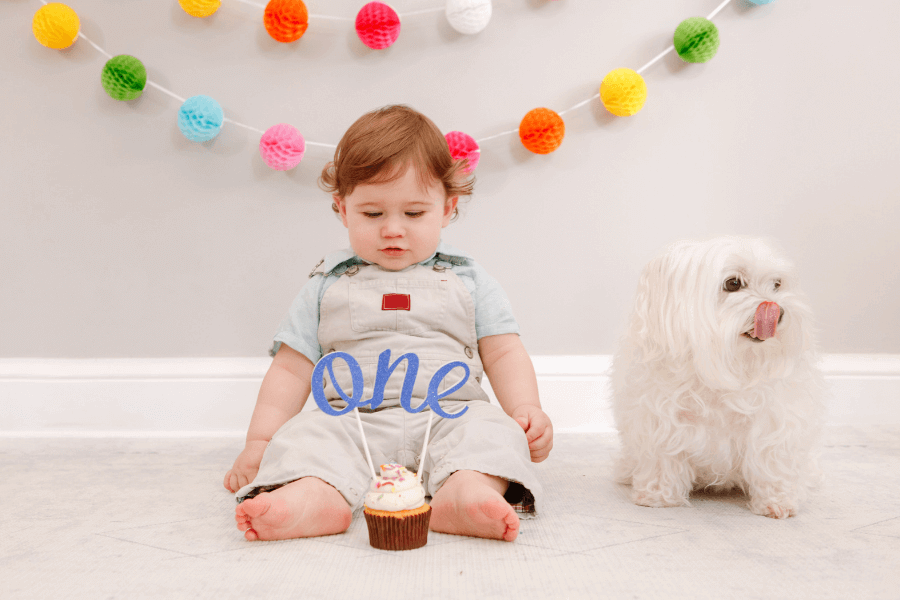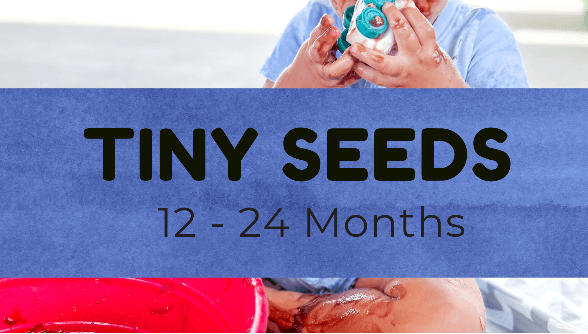Are you wondering what to teach a 1 year old? What are those developmental milestones you can help them accomplish this year?
If you are not taking your child to preschool or daycare, it can be overwhelming to understand what to teach a one-year-old at home.
As a sensory teacher and homeschool mom, I’m going to share with you what I do in my classes and at home so that you, too, can give your child a home education that is full of learning and play while fostering your child’s development.
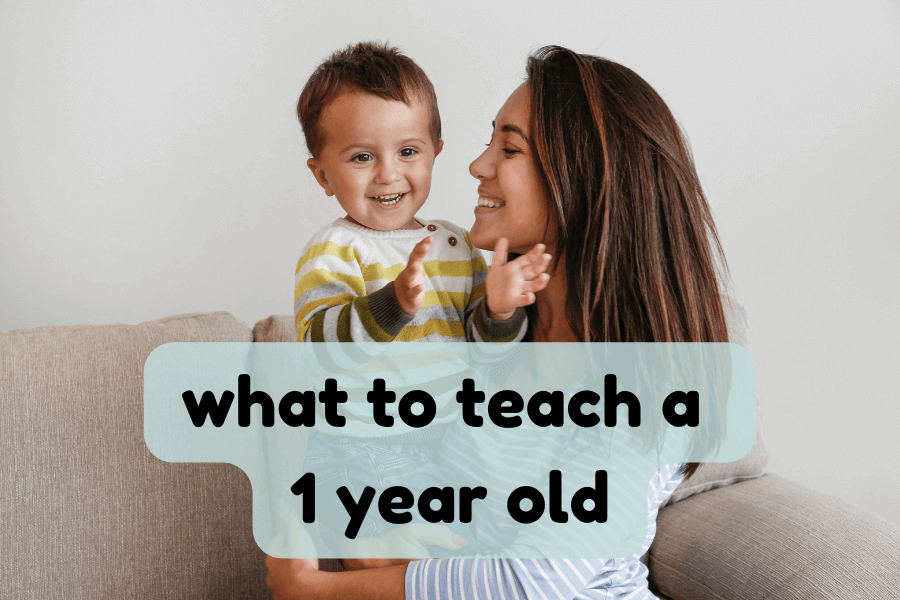
After all my research, early childhood training, and understanding of how to implement these teachings at home, I have the scoop!
Hint Hint! There’s a free One-Year-Old Learning Checklist download at the end of this post!
5 things to teach a 1-year-old
Teach Through Sensory Play

One-year-olds are still working on discovering the world, and they use their senses to do so. Some babies/toddlers at this age explore through the sense of taste first, which means they put things in their mouths to explore.
I love to enhance this play and give them tons of sensory exploration through taste-safe activities. Sensory play gives them the freedom to explore textures, flavors, cause and effect and it even reduces picky eating!
So grab some playful taste-safe inspiration games and recipes and encourage sensory play.
Recommended Product: Guide: 30 Sensory Bin Ideas for Babies and Young Toddlers (PDF)
If you are just starting to explore sensory play, my recommendation is to start with water play. Water sensory bins (here are 12 low-prep water play ideas) are a great way to start messy play, discover textures, and become familiar with sensory exploration.
Recommended Article Sensory Bins, what are they and why you need one
If you are a bit more adventurous, then make some edible paint using Yogurt or this dairy-free edible paint recipe.
Teach them to talk: Language Development

Kids at this age make major strides in understanding and communicating language. At 12 months, most say their first words, use hand gestures, and point to things.
If there is one thing I say to focus on this year, it is this milestone: Teach them to talk. When you go to the pediatric follow-up at the 2-year checkup, the first thing they will ask is, “How many words is he/she saying?”
So, teach them lots of vocabulary through games, narrate your day as you go along doing your errands, and give them lots of vocabulary when you go to the supermarket.
Yes, it will feel like you are talking to yourself, but they are little sponges that absorb and give you cues for communication.
Pointing, babbling, and making animal sounds are part of teaching children to communicate and talk, so a great way to work on language development is through rhymes and songs.
Recommended Article: Fun Games To teach toddlers to talk {Shared by a Speech Language Pathologist)
Product Recommendation: The Learning Binder 1
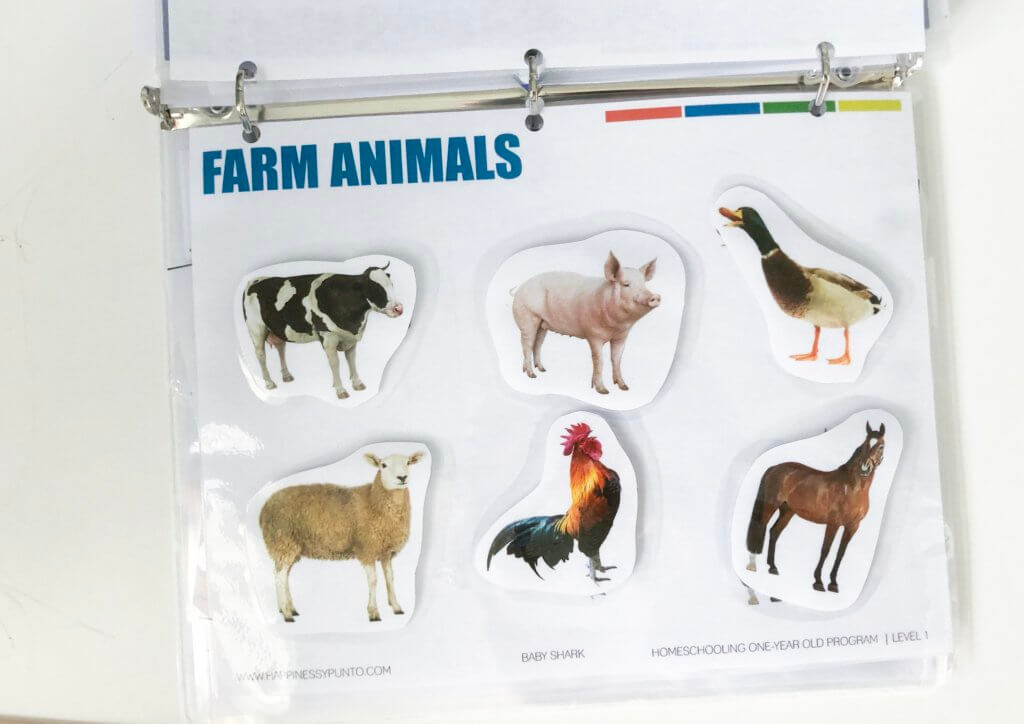
Expose them to Pre-Reading Skills
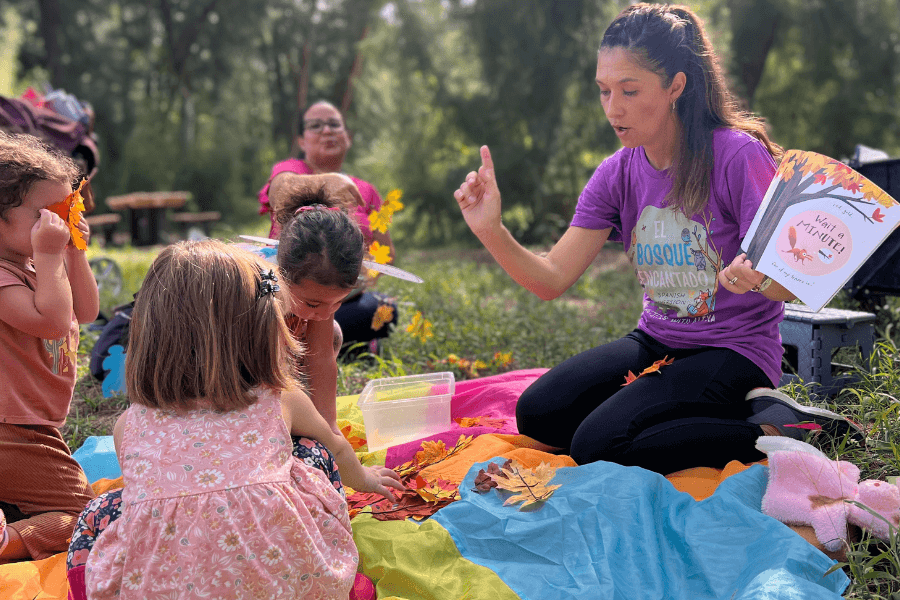
One-year-olds are starting to be more aware of the sounds they make but have yet to master the concept that a sound matches a letter. Instead, they are more focused on learning how to communicate their needs. They see people around them communicating using sounds, signs, and words, and therefore, that’s what they will work on developing.
Is not until they are three to four years old that they will start showing interest in the letter itself. This doesn’t mean we can’t expose them to print, and pre-reading skills.
So take time to prepare! Read a recipe, read a book, read a sign, and listen to audiobooks. It’s a great way to expose them to vocabulary, rhymes, and phonemic awareness through stories and books.
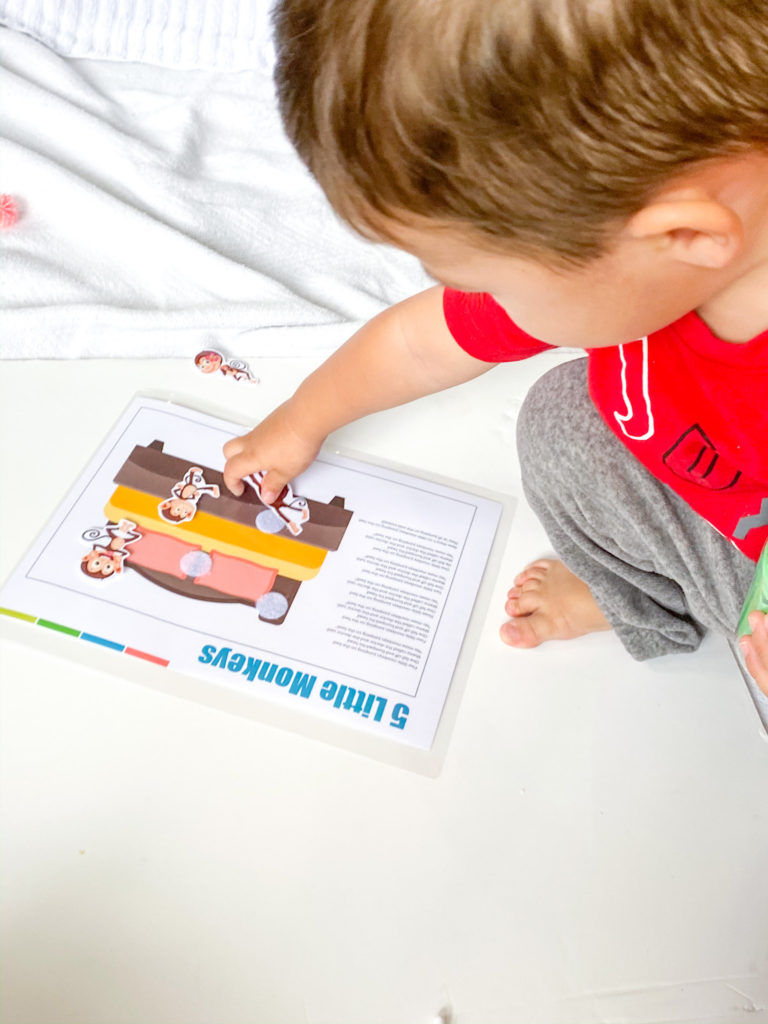
Colors
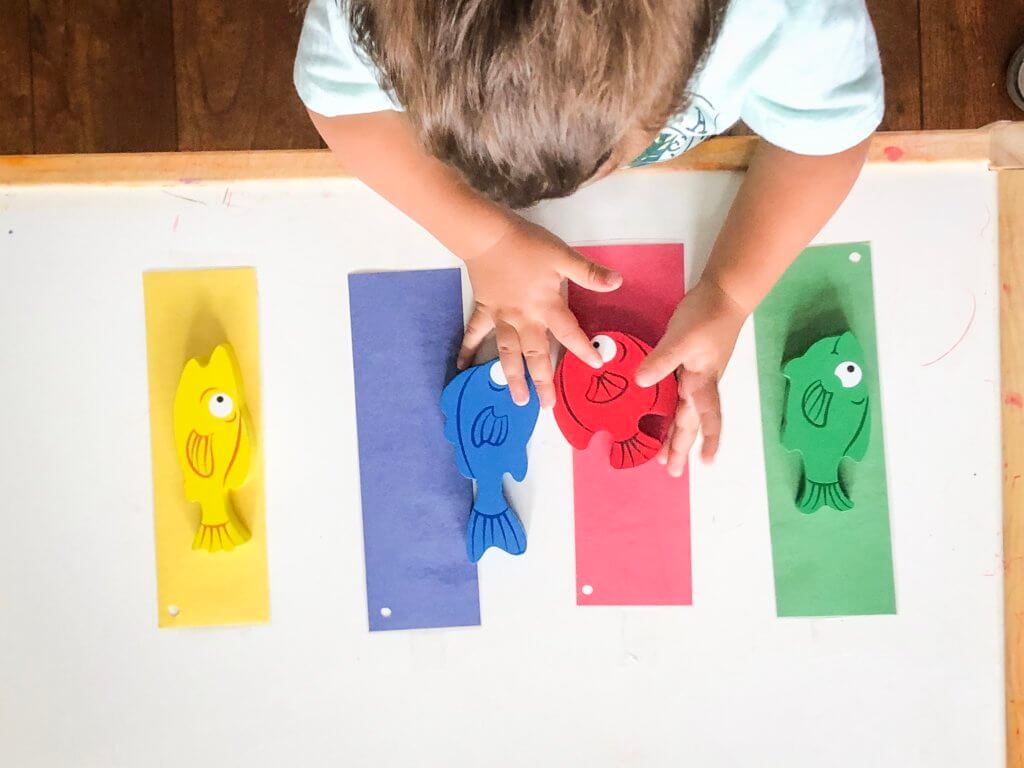
For one-year-olds, I recommend you only start with primary colors: red, blue, and yellow. At around 18 months, when they have learned, mastered, and have become familiar with these, add green.
As you work on these, you will find out that toddlers usually start calling every color “blue” or “red,” and that’s called categorizing. Don’t panic; this is totally normal and even expected. It just means they are understanding the concepts that these go together.
Recommended Article: All About Colors Activities for one year old
Numbers
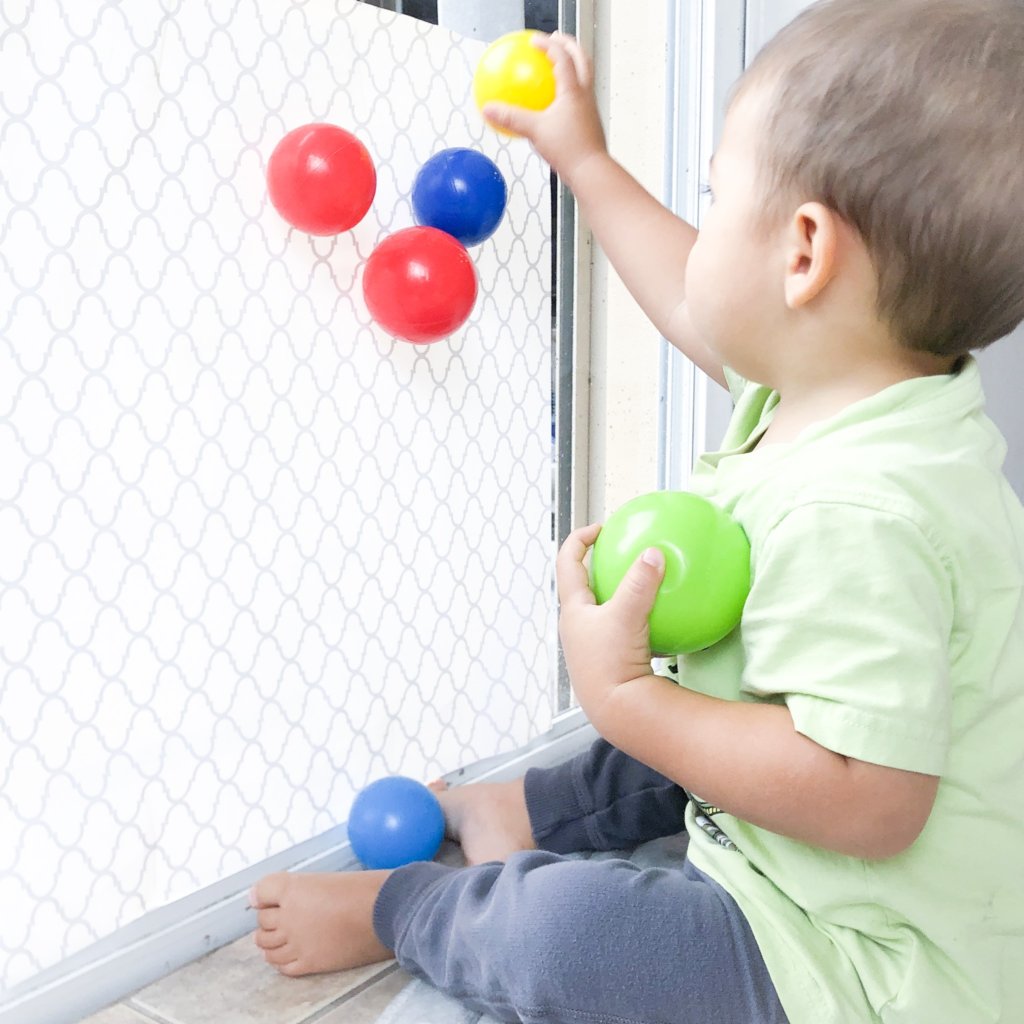
Math ready! Did you know that by age 2, children are expected to count to 10 by memory? Well, give your little one a head start and start teaching them to count.
The easiest way to do this is through songs, or count your steps as you walk to the car from the park or as you serve snacks. But most important, keep it fun! don’t drill them…just repeat repeat repeat.
Final Thoughts
There you have it! If you work on the above concepts, you will give them a head start on pre-k! And if you want more guidance on how to do each one, I have developed two awesome resources for you.
Tiny Seeds
Tiny Seeds program: This is a portal for parents with a week-by-week lesson plan that provides monthly masterclasses, weekly activity ideas, circle time videos, and access to me every two weeks with support as you embark on your teach-at-home journey.
and for those short on time,
The Learning Binder 1
The Learning Binder 1 is a workbook full of games to reinforce academic concepts that only take 5 minutes to open and play!
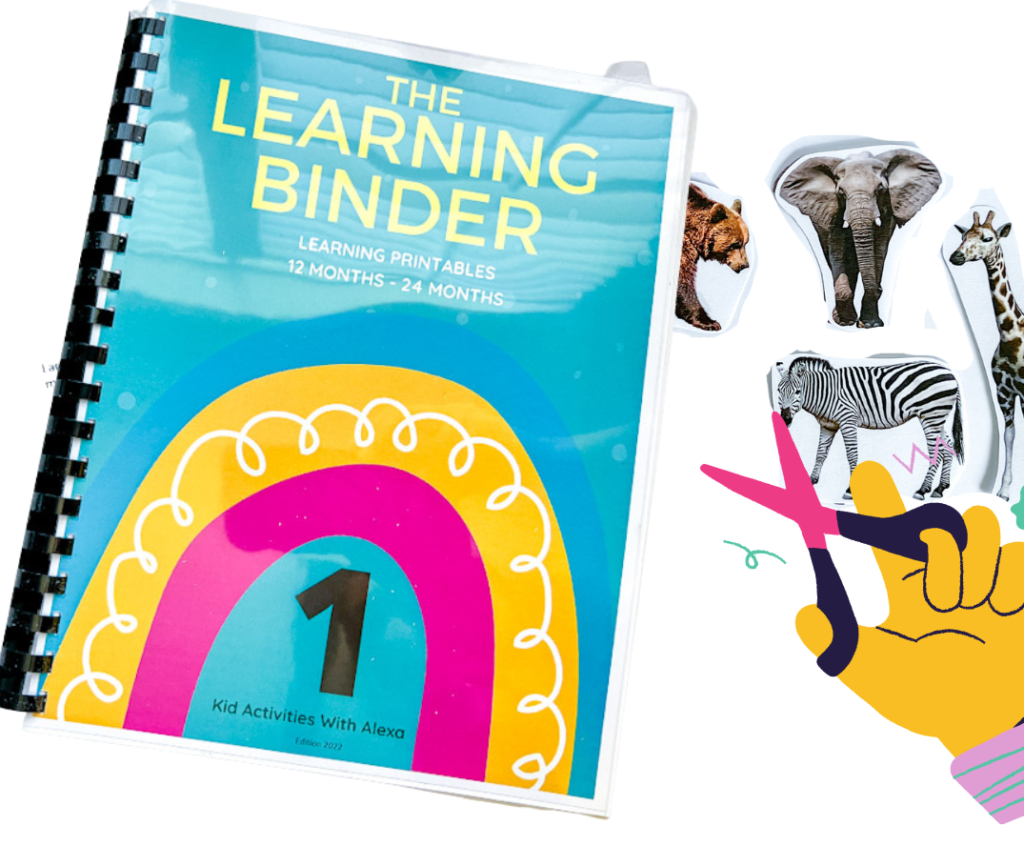
They work great together if you are a full-time SAHM teaching your toddler at home.
